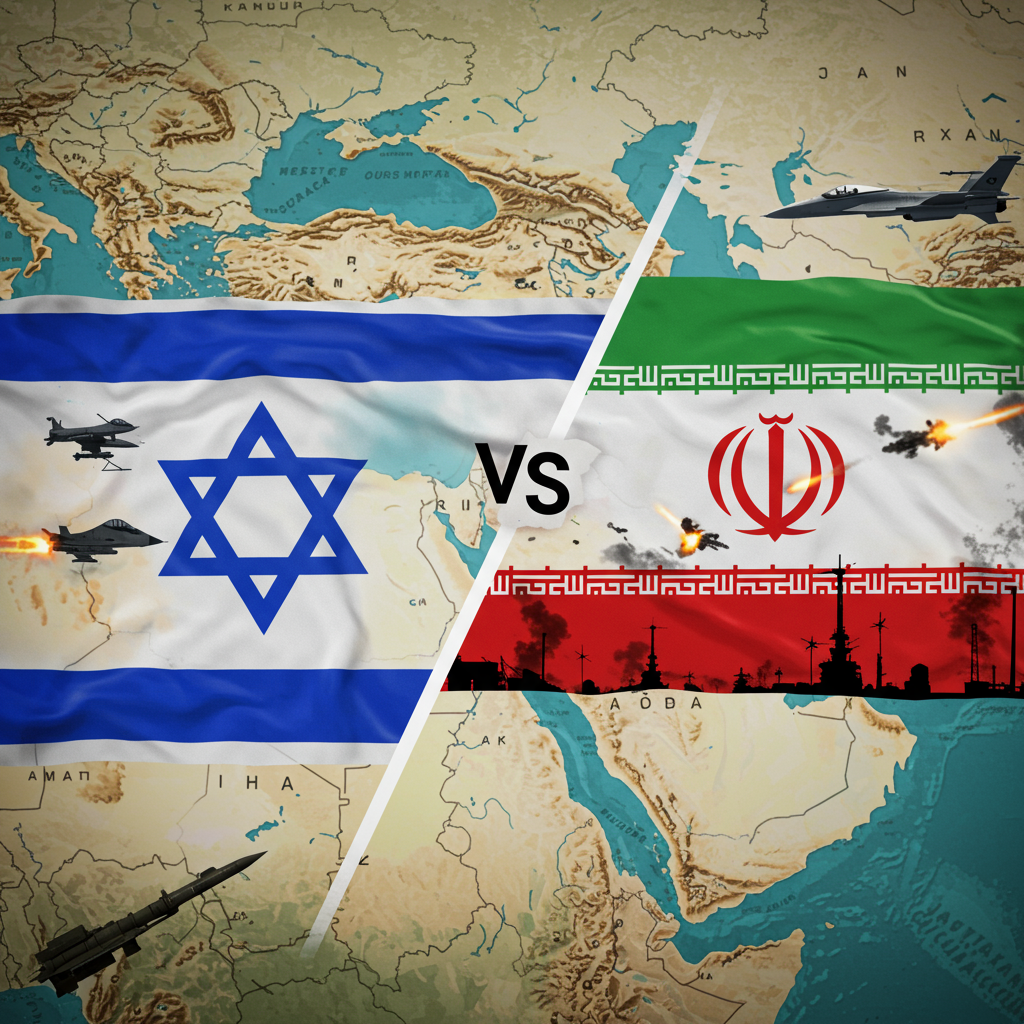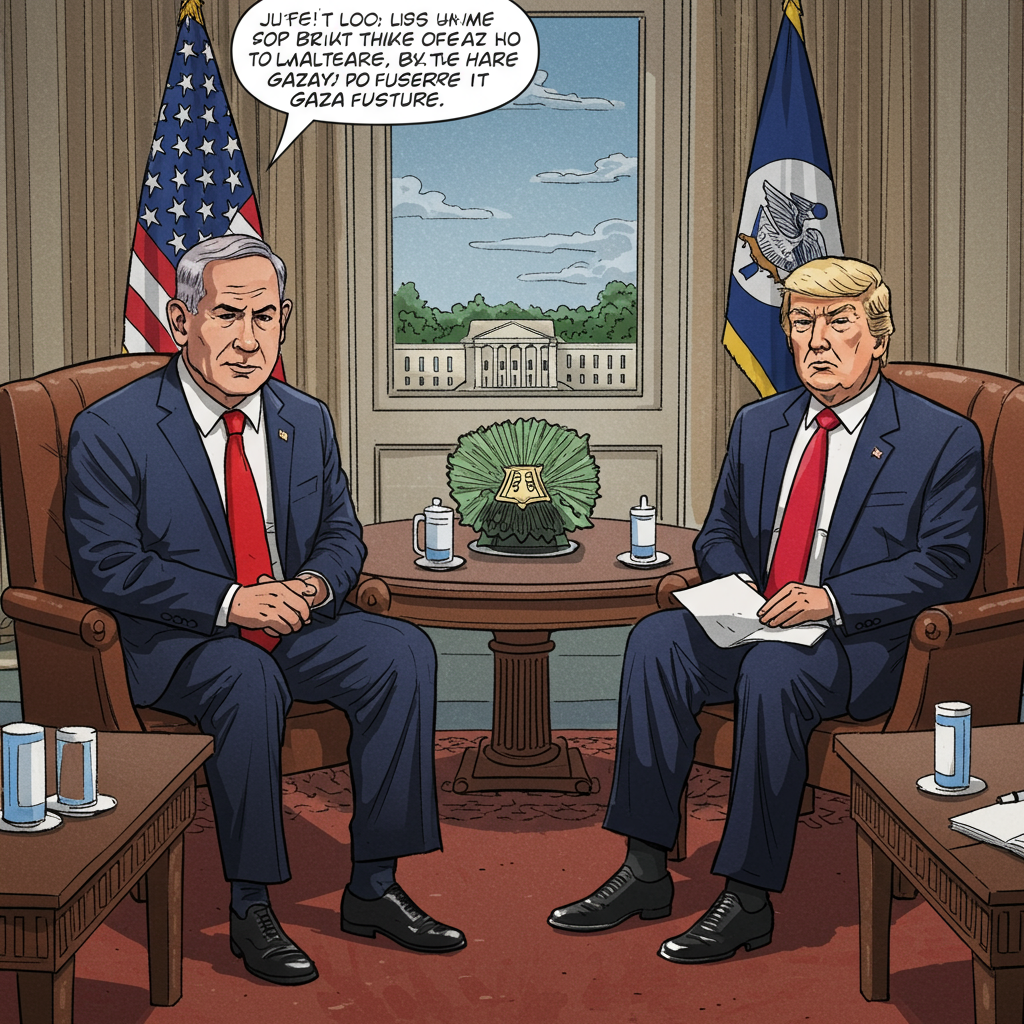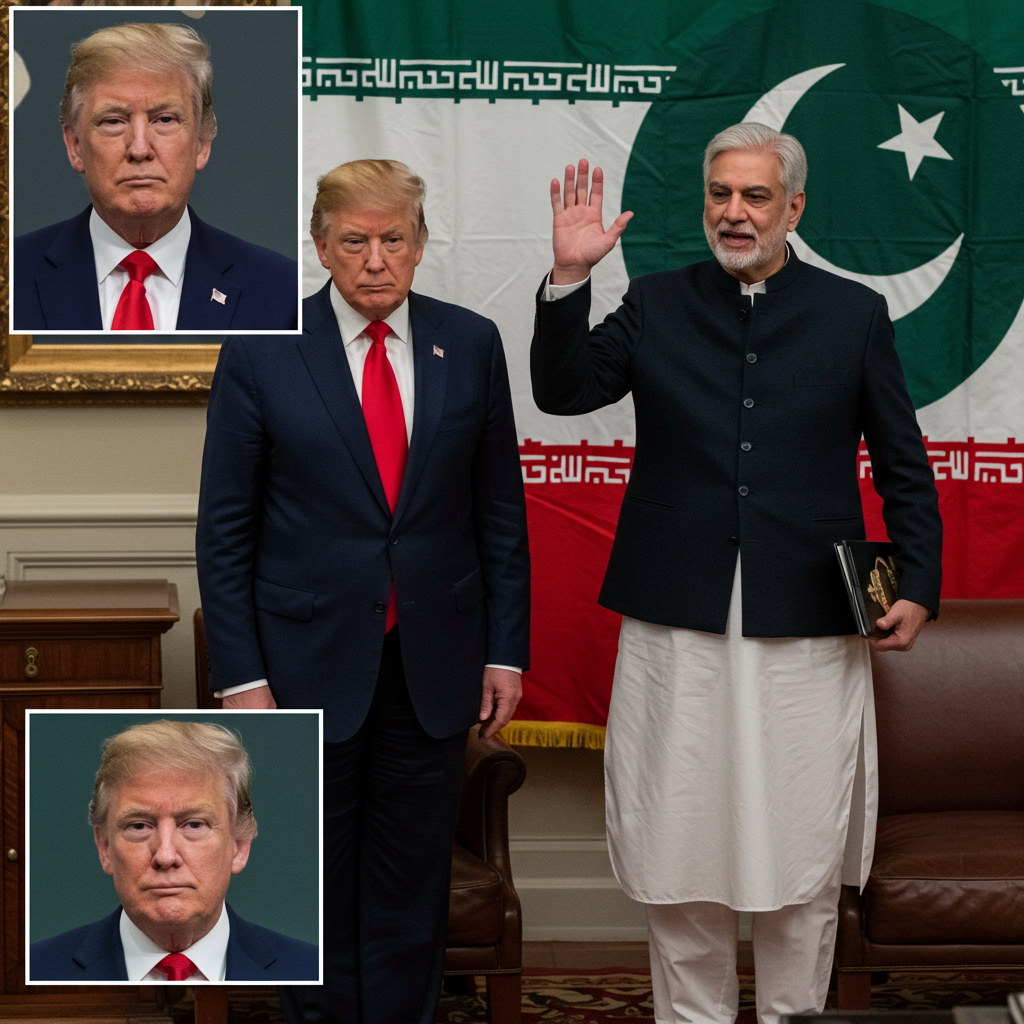Middle East on Edge: Israel & Iran Exchange Deadly Blows
Tensions in the Middle East have erupted into direct, deadly confrontation between Israel and Iran, marking a significant escalation after decades of shadow conflict. Both nations have unleashed waves of strikes against each other’s military and strategic sites, leading to mounting casualties and raising fears of a wider regional war that could draw in global powers. The exchange follows a major Israeli offensive that targeted key Iranian assets, prompting swift and forceful retaliation from Tehran.
Israel’s “Rising Lion” Offensive Targets Nuclear & Military Hubs
The current surge in hostilities began with a large-scale Israeli military operation dubbed “Operation Rising Lion.” Initiated early Friday, the offensive involved over 200 fighter jets launching hundreds of munitions across Iran. Israeli officials stated the primary targets were Iran’s nuclear program and other critical military infrastructure.
Strikes reportedly hit sensitive nuclear facilities, including sites at Natanz and Isfahan. Israeli assessments claim the Natanz facility sustained “bad damage,” particularly the above-ground section, with repairs potentially taking weeks. Damage to the underground enrichment area, including electrical systems, was also reported, along with strikes on facilities involved in producing metallic uranium and converting enriched uranium.
Beyond nuclear sites, Israel targeted senior Iranian military leadership and defense capabilities. The IDF claimed to have neutralized much of the senior leadership of the Islamic Revolutionary Guards Corps (IRGC) Air Force, including its commander, during a meeting. Strikes also aimed at air bases and destroyed numerous radars and surface-to-air missile launchers in western Iran, significantly enhancing the Israeli Air Force’s ability to operate freely within Iranian airspace. Some reports even suggest Mossad may have facilitated strikes from within Iran using smuggled assets. Israel’s Prime Minister Benjamin Netanyahu framed the operation as essential for Israel’s “very survival” against a nuclear-armed Iran, aiming to “roll back the Iranian threat.”
Iran’s “True Promise III” Response: Missiles Rain Down
Iran quickly condemned the Israeli strikes as a “declaration of war” and “reckless aggression,” vowing immediate and heavy retaliation. Under “Operation True Promise III,” Iran launched hundreds of ballistic missiles towards Israel.
While Israel’s sophisticated air defenses, including the Iron Dome, intercepted many projectiles, some successfully breached defenses. Missile impacts were reported across central and northern Israel, including the Tel Aviv and Jerusalem areas, causing explosions and property damage. Tragically, these retaliatory strikes resulted in casualties in Israel. At least 13 people, including civilians, were killed since Friday, with scores more injured. The cities of Bat Yam, Rehovot, and the Arab town of Tamra reported fatalities and significant damage to residential buildings.
Iranian state media claimed their missile strikes successfully targeted Israeli military centers and air bases, asserting their forces downed Israeli fighter jets. Amid the barrages, air raid sirens blared across Israel, prompting widespread shelter orders and disruptions, including temporary airport closures.
Human Toll and Civilian Fear
The intense fighting has had a devastating impact on civilians in both countries. Iranian health officials reported a significantly higher death toll from Israeli strikes, claiming at least 224 killed and over 1,400 injured across Iran, asserting that the majority were civilians, including children. Iran accused Israel of targeting residential neighborhoods and civilian infrastructure, a claim Israel denies, stating its focus is on military and nuclear targets.
In Tehran and other Iranian cities, residents described fear and confusion amidst the strikes. Some reported seeing explosions and fireballs, while others grappled with disrupted essential services like water supply. Long lines formed at gas stations as people attempted to leave the capital, reflecting widespread anxiety and a perceived lack of clear official guidance. Many Iranians relied on social media and family networks for information, comparing the current situation to the trauma of the Iran-Iraq war. Mosques and metro stations were designated as public shelters, highlighting the country’s apparent lack of preparedness for direct aerial assault.
In Israel, civilians endured repeated nights of rocket fire and the shock of ballistic missile impacts hitting populated areas. Victims recounted harrowing experiences seeking shelter as buildings around them were hit. Rescue teams worked through rubble in places like Bat Yam to find survivors. The human cost was tragically felt in families, including Ukrainian nationals killed in Bat Yam and an Arab family in Tamra losing three women and a young girl. Israelis found themselves constantly seeking refuge in shelters, keenly aware that even advanced defenses are not “hermetic.”
Escalation Points and Strategic Targets
Beyond the initial exchanges, the conflict has seen strikes on key strategic targets:
Quds Force: Israel struck command centers of Iran’s Quds Force, the IRGC’s special unit supporting regional allies like Hezbollah and Hamas and conducting intelligence operations.
Energy Infrastructure: Israeli strikes targeted Iranian oil and gas facilities, including a major refinery near Tehran and potentially part of the South Pars gas field. This triggered concerns about rising global oil prices, which climbed significantly, exacerbated by the potential Iranian threat to the vital Strait of Hormuz shipping lane.
Deep Strikes: Satellite imagery and military reports confirmed an Israeli strike deep inside Iran’s territory, hitting a refueling plane at an airport near the Turkmenistan border. This demonstrated Israel’s capability to strike targets across the vast majority of Iran, suggesting its air defenses have been significantly diminished.
Regional Spread: Israel also conducted a strike in Yemen targeting a senior leader of the Houthi militia, an Iranian ally that has previously fired missiles at Israel in solidarity with Palestinians in Gaza. This strike underscores the risk of the conflict expanding across the region.
International Reactions and Diplomatic Deadlock
World leaders have voiced deep concern and urged restraint. The European Union, United Nations, and the Vatican have called for de-escalation and a return to diplomacy, warning against further steps that could worsen the crisis or risk radioactive release from nuclear sites.
The United States publicly stated it was not directly involved in Israel’s initial strikes, characterizing it as “unilateral action,” but confirmed assisting Israel in intercepting incoming Iranian missiles and repositioning naval assets. US officials emphasized the priority of protecting American forces in the region and warned Iran against retaliating against US interests. President Trump, who was briefed beforehand, expressed support for Israel’s actions and urged Iran to negotiate a nuclear deal.
However, the path to diplomacy appears increasingly fraught. Iran canceled planned nuclear talks with the U.S., calling dialogue “meaningless” and blaming Washington for supporting Israel. Iran also issued stark warnings to countries assisting Israel or hosting military bases supporting its actions, stating they would be considered “co-belligerents” and potential targets. Russia has condemned Israel’s actions and offered mediation, while other international actors like France and China have called for restraint and diplomatic solutions.
Uncertainty and the Path Forward
The rapid escalation has left the region facing a highly uncertain future. Experts caution that while Israel’s strikes aimed to disrupt Iran’s military and nuclear capabilities, they could inadvertently push Iran to abandon negotiations and accelerate efforts towards building a nuclear weapon, potentially opening a “Pandora’s box” for the Middle East.
With leaders on both sides issuing strong threats of further action – Ayatollah Ali Khamenei vowing “no mercy” to Israel, and Prime Minister Netanyahu threatening that what Iran has felt “so far is nothing” – the immediate risk of continued, potentially more devastating strikes remains high. As citizens on both sides brace for what might come next, the international community grapples with finding a way to halt the dangerous trajectory towards a wider conflict.



